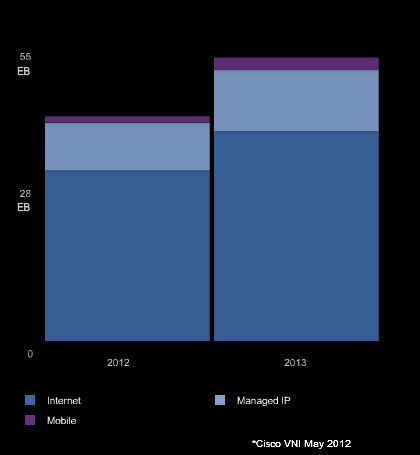Data. It’s out there. And there is plenty of it. We create data with every status update, photo shared or website viewed. Each search we make is being monitored, sorted, indexed and analysed. Every purchase we make is being correlated, cross-matched and fed into supply chain systems. And every phone call we make is being logged, kept, passed on for “security purposes”.
There are so many kinds of data that it is hard to keep up with it all. There is the data that we know about – the digital items we intentionally create. There are digital items that are published – like books, websites and so on. There is email which creates its own little fiefdom of data.
There is also the data about data – metadata – which describes the data that we create. Take, for example, a simple Tweet. It is restricted to 140 characters. That is the “data” part. But the metadata attached to EACH and EVERY tweet includes information like:
- Your location at the time of tweeting (ie latitude and longitude)
- The device you used to send the tweet (eg phone, PC etc)
- The time of your tweet
- The unique ID of the tweet.
But wait, there’s more. From the Twitter API, you can also find out a whole lot more, including:
- Link details contained within the tweet
- Hashtags used
- Mini-profiles of anyone that you mention in your tweet
- Direct link information to any photos shared in your tweet
There will also be information related to:
- You
- Your bio / profile
- Your avatar, banner and Twitter home page
- Your location
- Your last tweet.
There is more. But the point really is not about Twitter. It is the fact that a seemingly innocuous act is generating far more data than you might assume. The same metadata rules apply to other social networks. It could be Facebook. Or LinkedIn. It applies to every website you visit, each transaction you make. Every cake you bake. Every night you stay (you see where I am going, right?)
For marketers, this data abundance is brilliant, but also a distraction. We could, quite possibly, spend all our time looking at data and not talking to customers. Would this be a bad thing? I’d like to think so.
The question we must ask ourselves is “who is eating whom?”.
In the meantime, for those who must have the latest stats – We Are Social, Singapore’s massive compendium is just what you need. Binge away.



